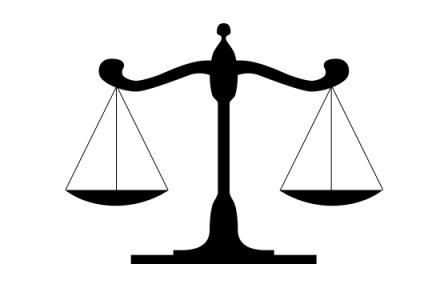Portion-Size Savvy

A balanced meal doesn't only refer to having all your food groups accounted for, it also means having them well portioned as well. Overdoing good food is like putting the 'Repeat One' setting on your IPod for your favorite song; by the time the tenth round rolls by, your excitement has pretty much faded and you're ready to move on. You know what they say about too much of a good thing-it just makes you plain nauseous after a while. Well not that exactly, but we are talking about food after all.
Portion-sizing food need not be a mechanical task of weighing out and measuring food however. Who wants to do that? Usually when someone hears portion control, they are already putting up the white flag. Immediately a vision of cup measures and food scales comes to mind.
Furthermore,when we learn the true serving sizes of food which we are really advised to consume, shock and disbelief usually follow. For example the recommendation for rice is ½ cup, for nuts a modest handful, about the size of a golf ball, and meat a 3oz serving roughly the circumference of a deck of cards. Note that there is a difference between serving size and portion size.
So how do we gain Portion-Size Savvy? Well a good place to begin is with taking a closer look at the current eating ware and utensils that you use. Perhaps these may need a complete MAKEOVER.
This makes perfect sense because what you are currently serving your food with and placing your food in, by virtue of their size, may be encouraging you to “pile on the food”. Sometimes the most obvious place may be the perfect way to begin with something that seems really difficult.
1. Play ‘favorites’ when it comes to your eating ware. For example choose one or two cereal bowls for your cereal and one or two plates to use at lunch and dinner time. This can help create consistency in the amount of food you consume. And especially in the case of the cereal bowl, because they usually come in different sizes, you can pre-measure it once to see the quantity it holds-1/2c, 1cup etc so you always have a rough estimate of how much cereal you are eating.
2. Save the large plates for the fruit or vegetable platter at your dinner parties. A small plate is your friend and can come in handy for most people who simply do not have the time and discipline to physically measure food. A plate about six to eight inches in diameter ( not including the rim or design part) should do it; preferably a plate which is not very deep. A plate that is significantly bigger than your head has the potential to hold food which is significantly bigger than your head, and believe me when I say that you don’t need that much food at one sitting.
3. Get Rid of Grandma’s Mega Serving Spoon! I use this association because, most grandmas love to overindulge us and bless their hearts for it. But when it comes to food, grandma’s ‘big serving spoon’ can be your worst enemy, but having a direct replication of that spoon in your kitchen, well that’s pure portion control suicide! When at home use smaller utensils to dish out food, perhaps an over sized regularly spoon, or even a small ice cream scoop in the case of serving rice or mashed potatoes. Hey, desperate situations…You know the rest!
4. Use this simple guide-Your starches like potatoes, rice, pasta, whole grains and your meats and protein should each take up only a quarter of your plate respectively. The rest (about 1/2) should consist of vegetables.
5. If you are truly on a restrictive diet for medical purposes or are looking to loose weight, then there are pre-measured aids to make your life a bit easier if you don't mind investing in them. Three I would recommend are the 'Portion Doctor', 'The Portion Plate', and for kids 'Yum Yum Dishes'.
Take the Portion Distortion Interactive Quiz
But remember the point is not to make yourself a slave to your food and get you into the mindset of guilt inducing diets. In my opinion, unless you are on a restrictive, prescribed diet due to a medical condition like diabetes, measuring food can work against you truly being able to enjoy your food. But I think it is useful to you to have some idea of your food portions. Once you get a good general visual in your head of what constitutes a serving of meat, starch etc then eating a truly balanced meal becomes easy.




0 comments:
Post a Comment